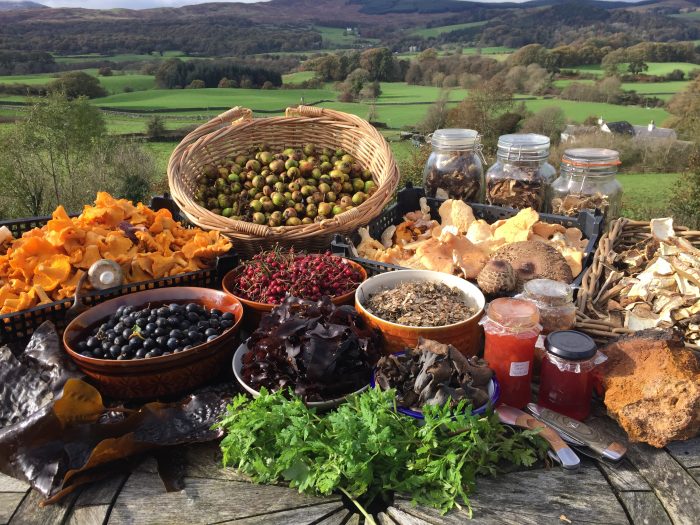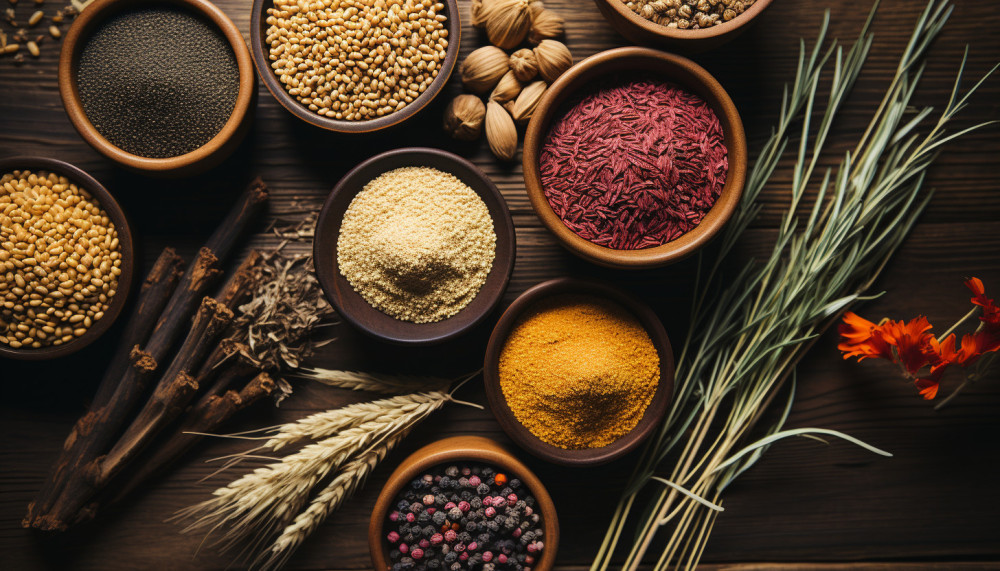In today’s world, where food trends often focus on the latest superfoods, it’s easy to overlook the rich history and potential of ancient grains. These long-forgotten foods have been cultivated for thousands of years, providing essential nutrients and flavors to many ancient cultures. Yet, as modern agriculture began to favor higher-yielding crops, these ancient grains faded into obscurity. Now, there is a resurgence in interest surrounding these nutrient-dense foods. Ancient grains are not only delicious but also packed with health benefits that make them an excellent choice for those looking to diversify their diet. This article delves into the fascinating world of ancient grains, uncovering their history, health benefits, and ways to incorporate them into contemporary meals.
What Are Ancient Grains?
Ancient grains, also known as heritage grains, are a group of grains that have remained largely unchanged for centuries. They include varieties of wheat, barley, rice, millet, oats, and quinoa, as well as lesser-known grains such as farro, spelt, and teff. These grains were staples in ancient civilizations such as the Egyptians, Greeks, and Romans, and were consumed for their nutritional value and versatility.
One of the key characteristics that define ancient grains is their minimal processing. Unlike modern hybridized grains, which have been altered for higher yields and uniformity, ancient grains have remained genetically unchanged. This makes them a more natural, nutrient-dense option compared to the highly refined grains commonly found in today’s diets.
The Nutritional Powerhouses
Ancient grains are rich in nutrients, offering a variety of health benefits that make them superior to many of the refined grains in modern diets. Unlike white rice or standard wheat, which are often stripped of their nutrients during processing, ancient grains retain a higher percentage of their original vitamins, minerals, and fiber content.
- High in Fiber: Many ancient grains, such as farro and barley, are packed with fiber, which aids in digestion, helps control blood sugar levels, and promotes heart health. The high fiber content in ancient grains also helps maintain a feeling of fullness, making them an excellent choice for weight management.
- Rich in Protein: Some ancient grains, such as quinoa, are complete sources of protein, meaning they contain all nine essential amino acids. This makes them an excellent plant-based protein source for vegetarians and vegans, who may struggle to get enough protein from other plant-based foods.
- Packed with Antioxidants: Ancient grains are often loaded with antioxidants, which help protect the body from oxidative stress and reduce the risk of chronic diseases. Teff, for example, is rich in iron and calcium, while quinoa contains a variety of flavonoids, which have anti-inflammatory properties.
- Gluten-Free Options: While many ancient grains, such as wheat, contain gluten, others, like millet, quinoa, and buckwheat, are naturally gluten-free. This makes ancient grains an excellent choice for individuals with gluten sensitivities or celiac disease.
Health Benefits of Ancient Grains
Incorporating ancient grains into your diet can have a range of health benefits. These include improved heart health, better digestion, enhanced brain function, and weight management.
- Heart Health: The high fiber content of ancient grains can help reduce cholesterol levels and improve heart health. Additionally, many ancient grains, such as barley, are rich in magnesium, which is essential for maintaining a healthy heart rhythm.
- Blood Sugar Control: Ancient grains have a lower glycemic index compared to refined grains, which means they don’t cause rapid spikes in blood sugar levels. This makes them a great option for individuals managing diabetes or anyone looking to maintain stable energy levels throughout the day.
- Digestive Health: The fiber in ancient grains aids in digestion by promoting regular bowel movements and preventing constipation. This can lead to improved gut health and a reduction in bloating or discomfort.
- Brain Function: Ancient grains are rich in B vitamins, particularly folate, which plays a crucial role in brain health. B vitamins are essential for cognitive function and can help prevent age-related cognitive decline.
Cooking with Ancient Grains: Innovative Ideas
Incorporating ancient grains into your meals doesn’t have to be complicated or time-consuming. Here are some creative ways to bring these nutritious grains into your kitchen:
- Farro Salad with Roasted Vegetables: Farro, an ancient variety of wheat, has a nutty flavor and chewy texture that makes it a great base for salads. Try tossing it with roasted vegetables, such as sweet potatoes, carrots, and Brussels sprouts, for a satisfying and nutritious dish.
- Quinoa-Stuffed Bell Peppers: Quinoa, a complete protein, can be used to stuff bell peppers along with vegetables, beans, and cheese. This makes for a delicious and filling vegetarian meal.
- Barley Risotto: Swap out traditional Arborio rice for barley to make a hearty and healthful risotto. The chewy texture of barley pairs well with creamy sauces and earthy mushrooms, making it a great option for cozy, comforting meals.
- Teff Pancakes: Teff is a tiny, gluten-free grain that is full of nutrients. Use teff flour to make pancakes or waffles, and top them with fresh fruit and a drizzle of honey for a wholesome breakfast.
- Millet Porridge: Millet is a versatile, gluten-free grain that can be used in sweet or savory dishes. Try it as a breakfast porridge, cooked with almond milk and topped with cinnamon, berries, and nuts for a nutritious start to your day.
- Buckwheat Noodles (Soba): Buckwheat is naturally gluten-free and works well in savory dishes like soba noodles. Serve buckwheat noodles with a miso broth, sautéed vegetables, and a sprinkle of sesame seeds for a light, flavorful meal.
- Spelt Pizza Crust: Spelt is an ancient form of wheat that has a mild, nutty flavor. It can be used to make a hearty pizza crust that is higher in protein and fiber than traditional pizza dough.
Sustainability and Ancient Grains
One of the key advantages of ancient grains is their sustainability. Many of these grains are well-adapted to diverse climates and can be grown with fewer pesticides and fertilizers than modern crops. As the global population grows and environmental concerns rise, ancient grains may play an important role in sustainable agriculture by offering more resilient and eco-friendly alternatives to conventional crops.
Additionally, ancient grains tend to require less water and are often grown in soil that has not been over-farmed, making them a more sustainable option for the future. By embracing ancient grains, we can help support biodiversity in agriculture and reduce our ecological footprint.
The Future of Ancient Grains
With the increasing interest in healthy, sustainable foods, ancient grains are poised to make a major comeback. As more people discover their health benefits and versatility, these grains are becoming more widely available in supermarkets, health food stores, and even restaurants. It’s clear that ancient grains are not just a passing trend but rather a rediscovery of foods that have been nourishing humanity for thousands of years.
Incorporating ancient grains into your diet is a simple yet powerful way to enhance your health, explore new flavors, and support sustainable agriculture. Whether you’re cooking a hearty grain salad, baking a batch of gluten-free pancakes, or enjoying a bowl of comforting grain-based risotto, these ancient grains offer endless possibilities for delicious and nutritious meals. So, why not step out of your culinary comfort zone and rediscover the grains of our ancestors? The ancient grains of today may be the superfoods of tomorrow.






